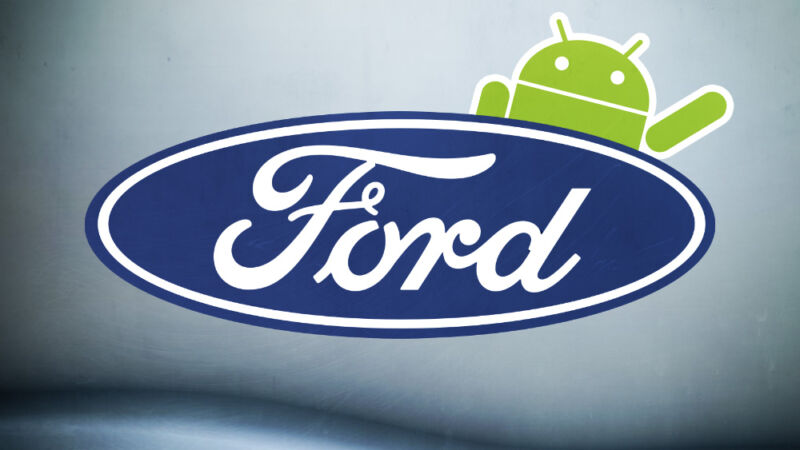
Aurich Lawson
Last February, Ford announced that it was partnering with Google for its infotainment operating system. The automaker had used Blackberry QNX as the underlying OS for Sync 4, but like many other manufacturers, it has found Android Automotive to be a compelling alternative. Unfortunately for Ford, that migration is not going very smoothly. Ford CEO Jim Farley told The Verge that the company is months behind schedule.
“We’re making a lot of progress. I’m very impressed with the team that Google has put in place. They’ve been very accommodating—you can imagine that we don’t want a generic solution for the instrument panel for Mustang. We want, like, line lock to do a burnout. But it is slightly delayed, so that’ll be later in the fall,” Farley told the Verge.
Google’s OS—distinct from Android Auto, which simply casts the phone’s screen and audio to the car’s infotainment system—is quickly finding favor among manufacturers, which can now offer their customers the convenience of Google Maps and the highly capable Google Voice Assistant, as well as the potential for a robust third-party app market.
The first Android Automotive car on sale was the electric Polestar 2, and since then, the OS has also been showing up in new models from General Motors and Stellantis.
This delay means that early F-150 Lightnings—Ford’s hotly anticipated electric pickup—will ship with Sync 4 and will not be able to be upgraded to Android Automotive at a later date. Buyers of model year 2023 F-150 Lightnings will find the Android-based OS in their pickups.
